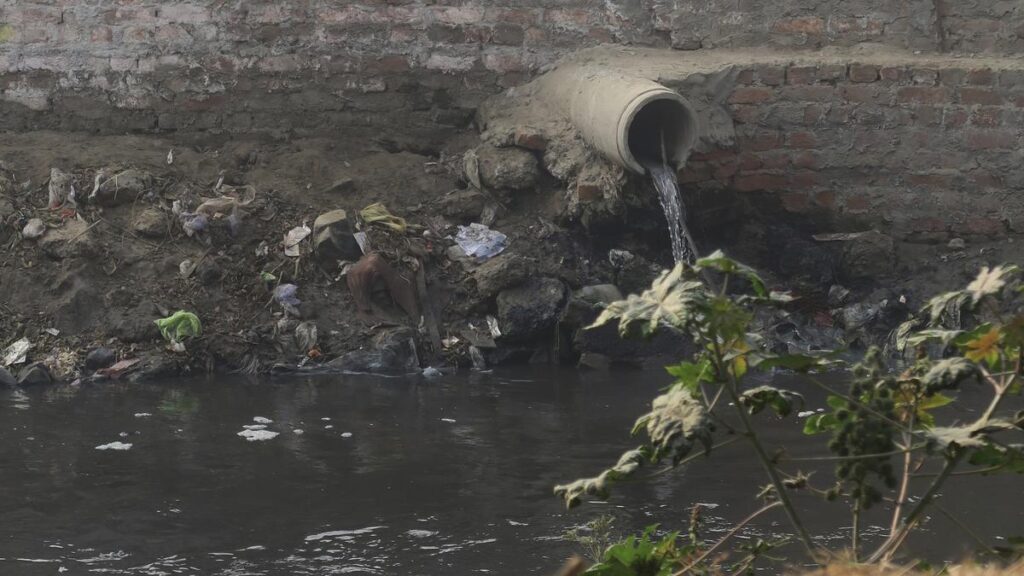970x125
The ICMR is involved in establishing environmental surveillance for viruses, including avian influenza virus (AIV) by monitoring surface water and wastewater.
| Photo Credit: Getty Images/iStockphoto
970x125
The Indian Council of Medical Research (ICMR) will initiate wastewater surveillance for 10 viruses across 50 cities, a major jump from the five cities that are currently monitored. The move is aimed at identifying any increase in virus growth trend at the earliest, said ICMR head Rajiv Bahl.
“The next six months will see the scaling up of surveillance across India which will enable us to pick up any rise in virus load in the community. Currently, the COVID-19 virus and polio virus are under surveillance,’’ explained Dr. Bahl.
The ICMR is involved in establishing environmental surveillance for viruses, including avian influenza virus (AIV) by monitoring surface water and wastewater, particularly in areas with outbreaks, to establish an early warning system.
India also has a robust surveillance system for influenza-like illness (ILI) and severe acute respiratory illness (SARI) through ICMR and the Integrated Disease Surveillance Programme (IDSP).
Dr. Bahl added that antimicrobial resistance (AMR) surveillance is already being conducted at several hospitals across the country.
“AMR is the ability of microorganisms — bacteria, viruses, fungi, and parasites to evolve and resist the effects of medications designed to kill or inhibit their growth. This resistance renders treatments ineffective, leading to longer periods of illnesses, higher costs, and increased mortality,’’ said Dr. Bahl.
The Central government is also working on the ‘One Health’ programme, which aims to bring different sectors together to solve health, productivity, and conservation challenges.
The Health Ministry notes that India, with its diverse wildlife, large livestock populations, high density of human population, and diversity of flora, can create opportunities for harmonious coexistence and work to prevent heightened risks for spread of diseases between species.
“The COVID-19 pandemic, recent outbreak of lumpy skin disease in cattle, and the constant threat of avian influenza show that it is not just about addressing diseases from the human health point of view but there is also a need to address the livestock, wildlife and environmental aspects,’’ it said in a statement.
Published – August 12, 2025 08:36 pm IST
970x125

